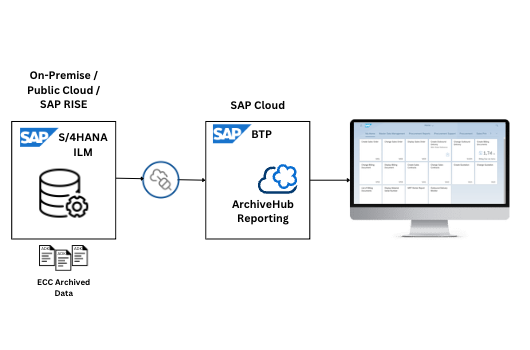
SAP S/4HANA is powered by the cutting-edge HANA in-memory database platform, which is designed to handle terabytes of data effortlessly thanks to its columnar database structure. However, one major consideration for S/4HANA’s future operation is the substantial amount of RAM required to run the in-memory database. This type of database is approximately five times more expensive than traditional databases, as its licensing costs are volume-based.